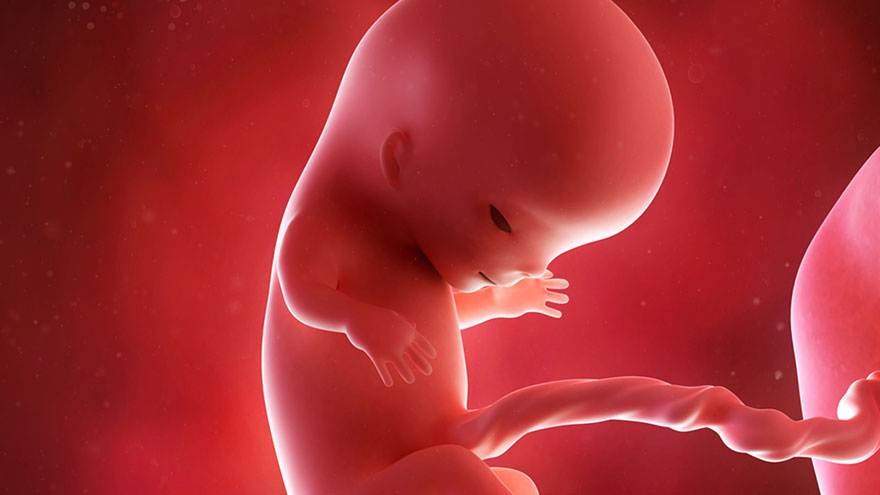What is Fetal Growth
Fetal growth varies with every woman and every birth. If there is any concern on the size of your growing baby your doctor will advise you. However, there is an average size of the growth of the fetus at every stage of development. The fetus also goes through some milestone changes within the womb during the gestation period. Taking care of your self during these forty weeks of development is extremely important for the health of the child.

Size
According to the American Association for Obstetrics/Gynocology, the average length of a fetus at the 12-week measurement is 2.13 inches with a weight of about .49 ounces. At the 24-week measurement the average is 11.81 inches and 1.32 lbs.
For the 36-week measurement the length is 18.66 inches and 5.78 lbs. Because the baby’s legs are usually curled up towards his bottom up till the 20th week, the measurement is taken from the crown of the head to the bottom of his rump. From the 20th week on it is measured from head to toe.
Identification
Amazingly, at only the sixth week after conception the baby’s heart begins to beat. Because of this, blood starts to circulate through her body. Also, starting to develop is the eyes, liver and intestines. By the tenth week facial features and limbs become more distinguished. All vital organs begin to work and are formed.
Potential
Although a miscarriage is always possible at any stage of development it is less likely to occur starting with the beginning of the second trimester around the fourteenth week. In addition to this good news, the beginning of hair growth and reproductive organs are being developed as well as fingernails, toenails and eyelids. It is possible to feel your baby move at this stage of your pregnancy.
Considerations
At the twenty-sixth week of fetal growth the baby has a fifty percent chance of surviving if born prematurely. One of the baby’s growth accomplishments at this stage is that his eyes are now able to open and close.
The thirtieth week marks the beginning of the third and final trimester. Your baby has the ability to hiccup which you will be able to feel and see. At this point your baby has an excellent chance of survival if prematurely born. The end of the third trimester ends with the fortieth week. At this time your baby may arrive on time or as much as a couple of weeks later.
Expert Insight
It is extremely important for the mother to eat well for the sake of the growing fetus. An increase chance of low birth weight occurs when the mother has a poor diet. According to the March of Dimes the recommended daily diet is vitamin-rich.
It includes two to four servings of fruit, six to eleven servings of whole grains and breads, four to six servings of milk products, six to eight glasses of water, three to four servings of protein rich foods such as meats, three to five servings of vegetables, and no more than one caffeinated drink per day.
You Might Also Like :: How to Wear Regular Jeans While Pregnant

